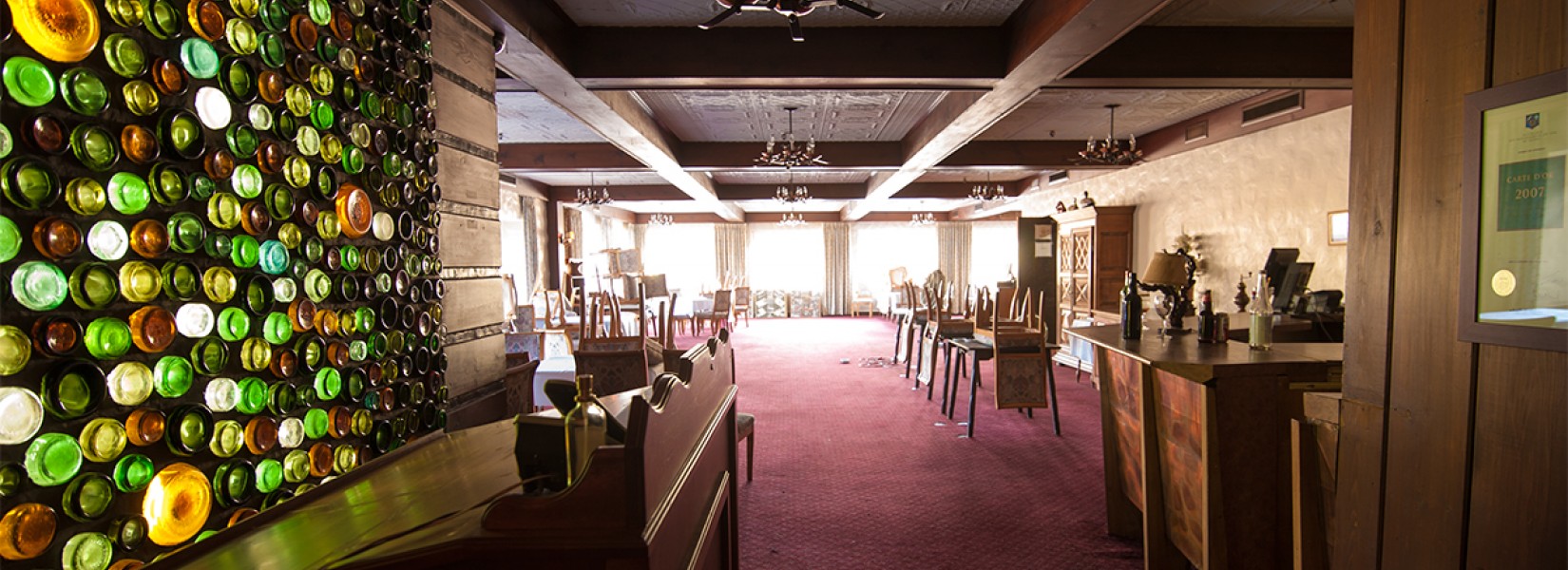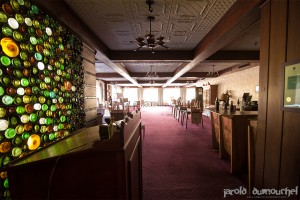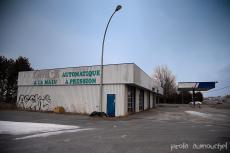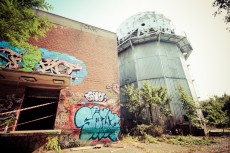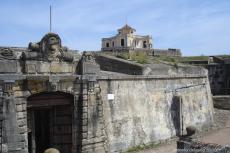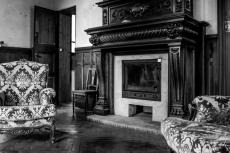It was a garage, but also a gas station, a car wash and a house. But today, the large building is completely abandoned. Newspapers and magazines on the floor suggest that the owners left about two years ago. They have left suddenly, by the way....
The locust hotel
Mecca for tourism of the past century
First, let me confirm that the hotel is not infested by any bug. To prevent vandalism, I will not mention its real name and its location, preferring instead to give it this nickname in tribute to the many batteries from all the smoke detectors who were beeping to each other, leading us to believe their death was near.
Well, like this hotel. With its rich history of over 75 years, when kings and powerful world leaders went there at a time when Mont-Tremblant was not holding the monopoly on high-end tourism, the establishment has unfortunately lost today the luster of its heyday. By a cold winter morning in 2013, employees were thanked and the life of this venerable institution came to an abrupt end.
Just a quick walk inside is needed to see the signs of its sudden closure. Everywhere, we find traces of this abandonment made on the sly. We discover dried food and bottles of sparkling water in the fridges, sinks located at the bars are filled with cocktail glasses and rotten fruits and much more. In the musty basement, the last bottles from the wine cellar continue to age away from the daylight...
Everywhere in the hotel, silence is heavy. Apart from loud noises emitted by the smoke detectors upstairs, everything is quiet. Nothing to compare with the atmosphere that must have reigned during its good old days.
In fact, originally, when the hotel was built in 1936, drastic measures were taken to make the place a must-go in the region. Built on a huge lot only a foot away from the surrounding mountains, they first created a dyke to widen the river behind the inn to make a lake. Then, though the hotel had only twenty rooms at its opening, the owners tripled the accommodations in the following years. In 1956, a unique wine cellar was built in the basement where a small reception hall was also decorated by a promising artist (at that time) ... named Frédéric Back, the director of the Oscar-winning film The Man Who Planted Trees. In addition, numerous visits in Europe by the owners incited them to give a European touch to the hotel, which was known, among others, for its award-winning restaurant. Over the years, they also had built an airstrip for helicopters.
But in December 2013, the hotel closed permanently. Since then, two business women acquired the site, their heads full of projects. If it wouldn’t be for the empty parking lot, we could believe this hotel is still occupied. Inside, even if water was cut off for security measures, there is still electricity in every part of the building, and add to that about twenty security cameras scattered inside and outside to catch prowlers.
Obviously, the hotel is gasping his last breaths. It seems like it is already a lost battle against bulldozers: to meet today’s standards would be too expensive.
In the future
If what would be in store for this wooden ‘grande dame’ is to face demolition, maybe it’s to better bounce back. The site is large and offers many possibilities. Even if demolition is inevitable, the will to give back prestige to this parcel of paradise is too. Even if I don’t know the owners personally, I don’t have any doubts about their intentions to create something great. After all, you don’t buy an old hotel with more than 150 000 acres of land with the intention of leaving it unused.
As for the work schedule set to realize any project? A few years, hopefully, as the husband of one of the owner said. Until then, a lot of water will flow under the bridges and crickets will have time to fall into silence forever.
Related content
The origin of this construction is surprising. It must first be known that it is located at the top of an artificial mountain made of rubble and other residues from the buildings destroyed during the Second World War. Then, this mountain itself...
Located in the parish of Alcazaba about one kilometer from the town of Elvas in Portugal, the fortress Our Lady of Grace, better known by the Portuguese as the Forte de Nossa Senhora da Graça or Forte Conde de Lippe, this is a imposing building...
His nickname is coming from the stuffed boar's head that adorns the entrance to the castle. Real little jewel of northern France, the secrecy surrounding its location still preserves the vandals who have already done so much damage elsewhere....

